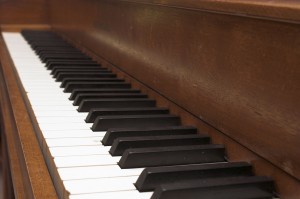The winds include two families of instruments: Brass and Woodwinds.
French horn, trumpet, trombone, and tuba are common brass instruments. Examples of woodwinds are clarinet, flute, recorder, and saxophone
As indicated by their name, wind instruments require a significant amount of breath to play them. It is recommend that a student be at least 8 years old to start learning a wind instrument (with the exception of recorder) because the student will have a larger lung capacity which will make learning the instrument easier and more enjoyable.
For students younger than 8 who would like to learn a wind instrument, the recorder is often the ideal instrument to start with. The recorder is small and requires less breath capacity to play. With recorder lessons, students learn the fundamentals of music, rhythm and note-reading. Since the recorder is also a wind instrument, students learn breathing techniques that would help them transition to learning a brass or woodwind instrument of their choice in the future.
For information about music lessons at the Altadena Academy of Music, please call (626) 296-0799 or use our email contact form.



